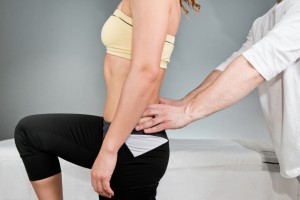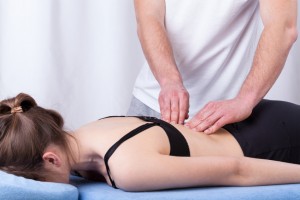 How long is an osteopathic treatment?
How long is an osteopathic treatment?
Osteopathic treatments are usually between 30-40 minutes, depending on your condition.
Do I need a referral from my GP?
There is no need for a referral as osteopaths are primary care practitioners. Simply call the clinic to book an appointment.
Are treatments rebatable with health funds?
Yes, osteopathic treatments are rebatable with health funds. You can send in your fully paid receipt to your health fund to claim the rebate.
What should I wear?
It is advisable to wear loose, comfortable clothing for treatments. Patients are usually asked to remove their upper clothing only and patients gowns are provided for your convenience and comfort.
Can I bring a friend or relative?
Yes. If you wish to have someone with you for your consultation and treatment, they are more than welcome.
Is osteopathic treatment painful?
Osteopathic treatments are very gentle and should not cause too much discomfort. If the site of your injury is painful or tender, our osteopaths will take extra care when treating you to make you as comfortable as possible.
Some patients may experience a slight degree of soreness after treatment but this usually subsides within a day or two.
If you have any problems or any questions after your treatment please call the clinic and our osteopaths will be happy to discuss your concerns.
What happens with my initial consultation and treatment?
It is advisable to arrive a little early for your appointment to fill in some paperwork. You will be asked to write some information about your medical history, current medications, previous treatments, accidents or traumas, any exercise program you may be undertaking. Be sure to bring any X-rays and reports of the injured area/s you would like treated if you have them.
The osteopath will then ask you about your main complaint and symptoms, conduct an examination and then prepare your body for treatment using massage techniques. Sometimes this initial massage will be done by a qualified massage therapist.
After the massage, the osteopath will then assess how to best manage your condition through a series of diagnostic, orthopaedic or neurological tests, postural assessments and activities or exercises. The examination may include passive and active movements. The osteopath may lift your arms or legs and you may be asked to bend over or stand during the assessment depending on the issue being addressed. Patients are usually asked to remove their upper clothing only and there are gowns provided for the convenience and comfort of the patient. Be sure to wear comfortable clothing.
Osteopathy takes a holistic approach to treatment. Your osteopath may look at the area that is troubling you as well as other related parts of your body. For example, if you have a sore knee, your osteopath may also look at your ankle, pelvis and back.
Your osteopath may also provide education and advice to help you manage your condition in between treatments. This may include giving you exercises to do at home or work.
How many treatments will I need?
It really depends on your condition. Although you should start to see and feel some changes in your symptoms after a couple of treatments. If you have a chronic condition, you may require more treatments. The osteopath will discuss this with you.
